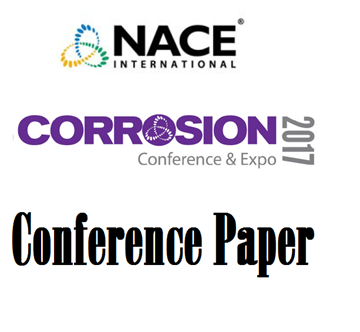Search
51312-01573-Research on Corrosion Inhibitors for Acid Stimulation
Also Purchased
51314-3945-Corrosion Testing of Stimulation Acidizing Packages on High Strength Corrosion Resistant Tubing Alloys for High Pressure Deep Water Wells
Product Number:
51314-3945-SG
ISBN:
3945 2014 CP
Publication Date:
2014
$0.00
Materials and Corrosion Risk Mitigation Associated with Flowback of Acid Stimulation Fluids
Product Number:
51317--8917-SG
ISBN:
8917 2017 CP
Publication Date:
2017
$20.00
51312-01567-Corrosion Inhibitor Testing in Dense Phase Hydrocarbon Systems
Product Number:
51312-01567-SG
ISBN:
01567 2012 CP
Publication Date:
2012
$20.00




